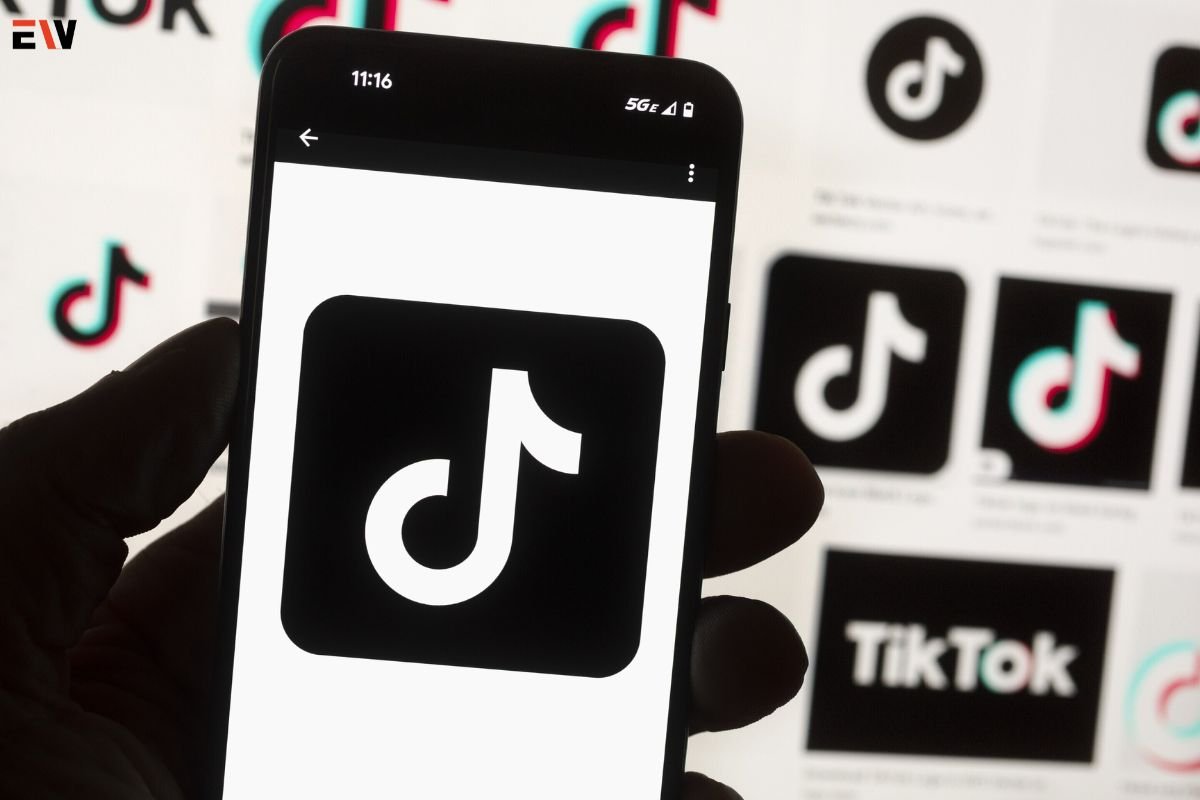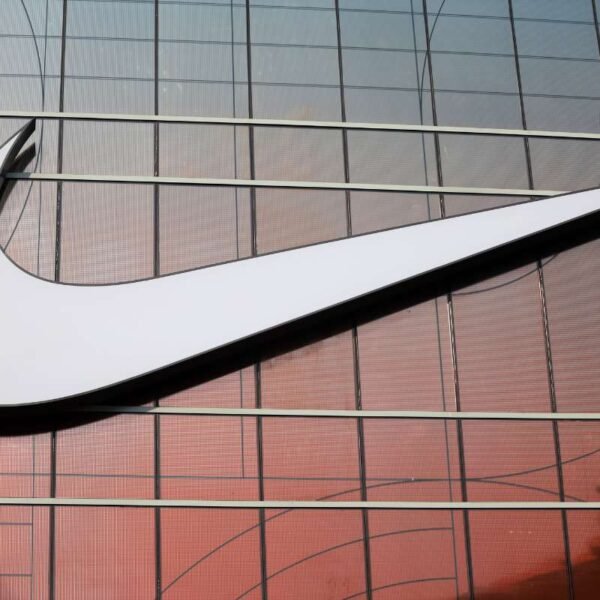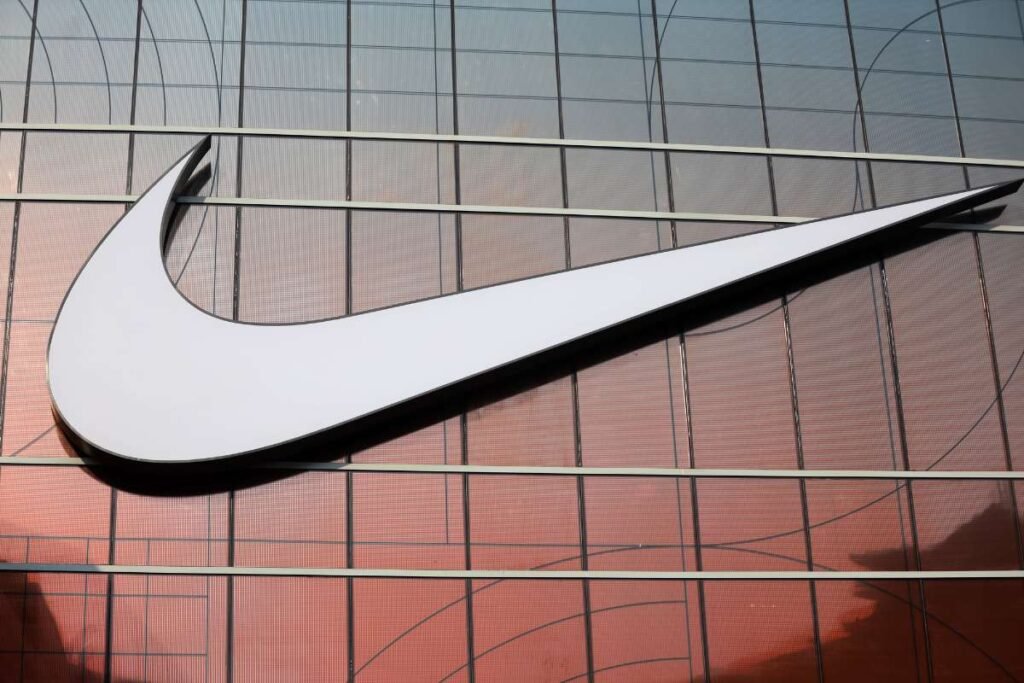Source – Tech Xplore
TikTok is set to introduce a new feature that will flag users who upload content generated by artificial intelligence (AI) from external platforms. This move marks the first significant effort by a major video-sharing platform to automatically identify and label AI-generated content for users.
Automatic Labeling for AI-Generated Content
While content created using TikTok’s own AI tools is already automatically labeled for viewers, the platform is now extending this labeling system to externally generated content. Previously, users could upload AI-generated material from other platforms without the same level of scrutiny. However, TikTok aims to change this by implementing digital watermarks, developed by the Coalition for Content Provenance and Authenticity (C2PA), to identify and label such content.
Adam Presser, TikTok’s head of operations and trust and safety, emphasized the importance of providing clear context to viewers regarding AI-generated content. He stated that labeling helps prevent confusion or misinformation, ensuring transparency about the content’s origins.
TikTok Will Start Labeling AI-generated Content | REUTERS
Mutual Labeling and Digital Watermarking
TikTok’s labeling initiative works both ways. Not only will the platform label AI-generated content from external sources, but it will also apply digital watermarking technology, known as Content Credentials, to content downloaded from its platform. This will enable other platforms to identify the content’s creation process, enhancing transparency across platforms.
Challenges and Future Directions
While TikTok’s efforts represent a significant step towards addressing AI-generated content, challenges remain. Smaller AI groups, including open-source platforms like Stable Diffusion, may continue to produce unlabelled content. Despite this, the inclusion of major players like Microsoft, Google, and Adobe within C2PA’s membership underscores the industry-wide effort to promote transparency in AI-generated content.
TikTok’s labeling initiative follows similar moves by Meta, announced earlier this year. However, concerns persist about the widespread dissemination of AI-generated imagery on social media platforms like Facebook. Despite labeling attempts, some refer to Facebook as the “zombie internet” due to the proliferation of AI-generated content.
While other platforms like Snapchat have introduced labeling for AI-generated content created using their own tools, challenges remain in addressing content generated using non-platform tools. Similarly, Elon Musk’s X (previously Twitter) lacks an automatic labeling system, relying instead on user-submitted reports to flag fake imagery.










